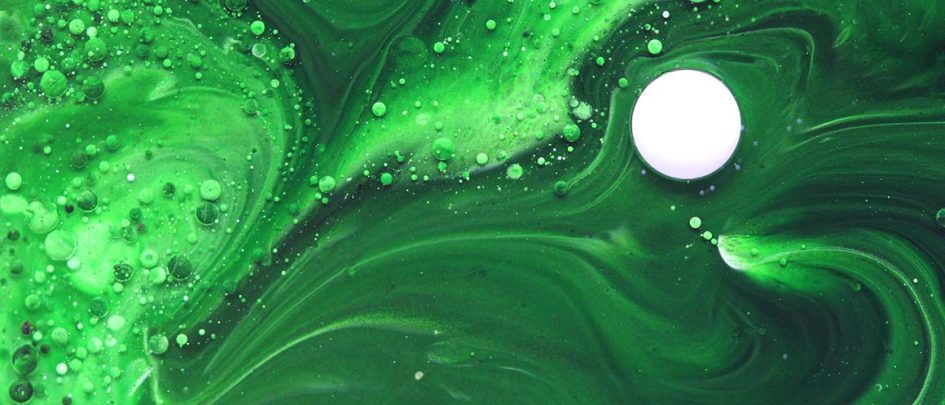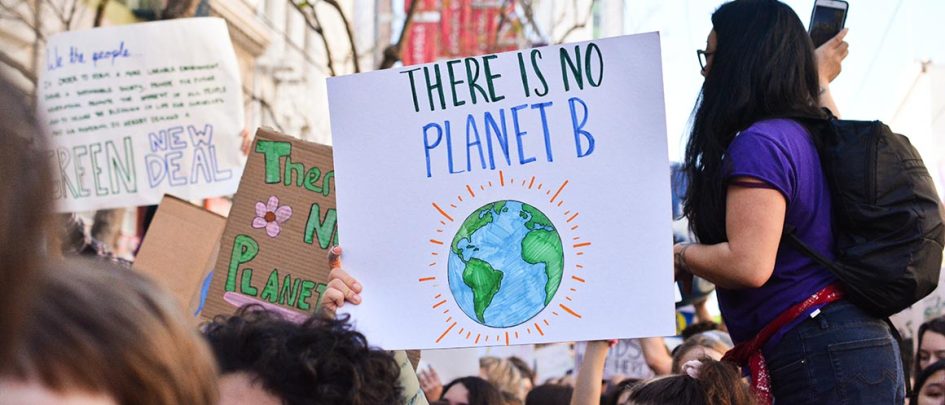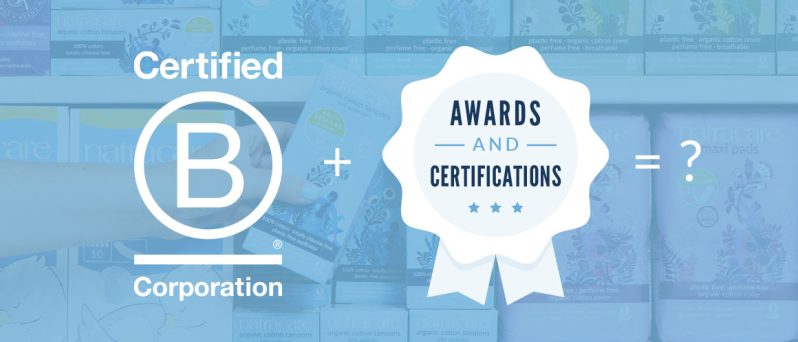Becoming a more sustainable consumer can be a challenge – finding more environmentally conscious brands to buy from and making sure they actually match your needs. This coupled with resisting the urge to buy products you used to love but now know they’re in fact filled with hidden plastics or otherwise harming the planet – there’s a lot to juggle. One of the biggest challenges consumers face is that not all products and services are as sustainable as they say they are: enter greenwashing.
What is greenwashing?
Greenwashing is a term coined in 1986 by environmentalist Jay Westervelt. Simply put, greenwashing refers to when brands present as environmentally responsible in a way that is unfounded or intentionally misleading. Companies trying to pull the wool over consumers eyes and appeal to their sustainability efforts, without actually becoming truly sustainable.
What can greenwashing look like in practice?
A recent example is when the fast fashion giant H&M made a commitment to use Circulose – a material that is made from upcycled clothes – to make its clothing line. While this is a positive move in the right direction, the fast fashion model that H&M operates with will never be sustainable regardless of what materials they use. The concept of fast fashion encourages an inherently unsustainable rate of producing clothes and promoting throwaway attitudes towards them in doing so. Fast fashion can make itself more sustainable with its use of materials but the practice itself is not sustainable.
How to spot greenwashing
If you want to avoid falling victim to greenwashing, you’ll need to empower yourself with the knowledge of how to spot it and make an informed decision. Here are some tips for spotting greenwashing in the act:
Understand buzzwords
“Plant-based”, “eco-friendly”, “made from recycled materials”, “all natural”. None of these words are bad per se, but they’re all sustainability buzzwords that are used too often to make a product or brand sound like they’re great for the planet. The problem with these buzzwords is that they trigger feelings of sustainability but in reality are in no way specific enough to know how sustainable a product really is.
For example, plant-based simply means that the products are made using materials that come from plants. This suggests that something comes from and will return to the earth naturally and without harm. However, there’s a large range in how sustainable plant-based materials are – plant-based plastics aren’t always the perfect solution. Look for how claims are validated and explained. Is it actually a mix of renewable and petroleum plastics? In which case it can’t be recycled OR composted and will pollute the earth just like regular plastic. But if materials can be recycled or are certified compostable and made with 100% renewable content this is more sustainable. Getting to know sustainability buzzwords and what they mean will help you to ask the right questions, which leads us onto our next point…
Reach out and ask
If you’re not sure what to make of a sustainability claim a brand you love has made, reach out and ask them to clarify! If a company is truly making decisions to benefit the planet (and not their bank statement), then they’ll be able to answer any queries or concerns you have about how what they’re doing is really achieving that goal.
Take a look at their company history
One good question to ask yourself is “is this the first time this company is doing something positive for the planet?”. If after researching the history of the brand the answer is yes, but there’s been no explanation about their change of heart, they might be greenwashing.
If a brand is suddenly claiming that one of their core values is protecting the environment, but they don’t have a history of doing so or any details about how this has driven decision making within the company, it sounds like they might have simply hopped on the bandwagon to gain sales.
Think about their business model
If a water pipe has burst, a small plaster is not going to help much in stopping the leak. Similarly, if a brand’s business model is inherently damaging to the planet, switching to more sustainable materials, offsetting carbon emissions, or planting a tree for every sale made isn’t really going to cut it.
When you spot a brand making sustainability claims, think about whether their business model is unsustainable in and of itself, and if so, if the claims they’re making will resolve the problems in their model or if they’re surface level. If they’re surface level changes and their business model will remain the same, it’s likely these changes are being made to appease green-minded customers and keep sales up (i.e. they’re greenwashing!).
What are activists saying?
Social media is a great way to get a feel for whether a brand’s latest “eco” announcement is actually just greenwashing. By following activists and listening to what their thoughts are on these announcements, you’ll gain tips of what brands to avoid and learn what signs to look out for in other brands.
If it sounds too good to be true, it probably is
Once you’ve carried out your due diligence, if you’re still not sure or it sounds too good to be true, it probably is. Some things to consider here are the price of the brand’s products in relation to their sustainability claims. Are they priced very competitively with brands who aren’t claiming to be helping the planet? Could this be because they’re not paying a fair wage for labour? Now is a good time to ask. Similarly, does the claim or commitment sound realistic and achievable – if not, they might be greenwashing.
Companies, brands, and products will have a huge impact in the coming decades in how we help prevent and reverse the damaging effects of climate change. We can use our powers as consumers to make choices which support those really trying to help our planet and put pressure on those who aren’t to meaningfully change.
Have you got any tell-tale signs you look out for when it comes to spotting greenwashing? Tell us in the comments below.












